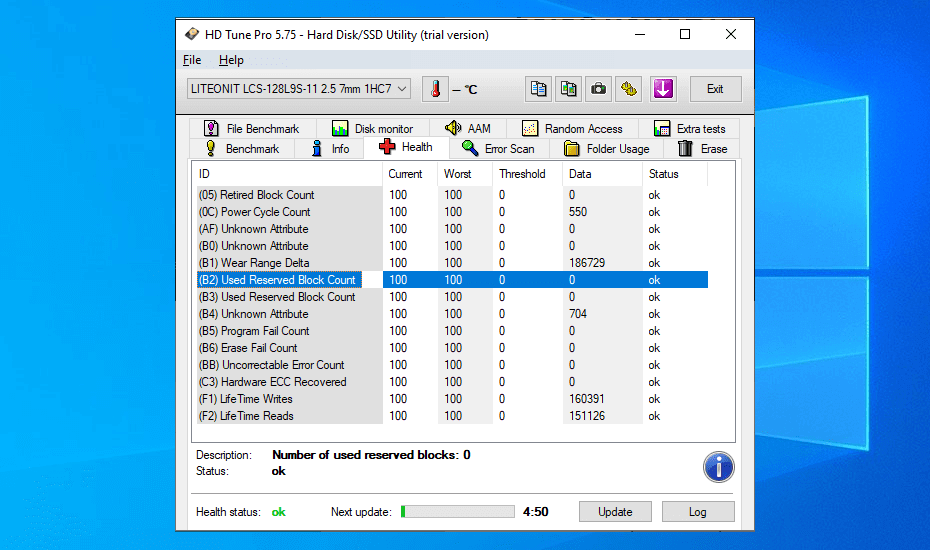

- #What is disk utility restore how to#
- #What is disk utility restore install#
- #What is disk utility restore update#
#What is disk utility restore update#
#What is disk utility restore install#
#What is disk utility restore how to#
RELATED: How to Reduce the Size of Your WinSXS Folder on Windows 7, 8, 10, and 11 Deleting this will make your life harder if you ever want to use the “reset your PC” feature in the future. We recommend not deleting this, unless you desperately need the few gigabytes in hard disk space.

You may need to download Windows 10 installation media if you ever want to reset it. If you delete these files, you’ll have more disk space–but you won’t have the files necessary to reset your PC. These ESD files are used for “ resetting your PC” to its factory default settings. Deleting it can free a few gigabytes of hard disk space. This is probably the most important option on the list, as deleting it could cause you problems. On Windows 10, there’s now a “Windows ESD installation files” option here. RELATED: Everything You Need to Know About "Reset This PC" in Windows 8 and 10 Windows ESD Installation Files Are Important Click “OK” after you’re done selecting data and Disk Cleanup will delete the types of data you want to remove. You’ll see the maximum amount of data you can delete at the top of the window, and how much space you’ll actually save at the bottom. To keep a group of files, ensure it’s unchecked. However, this just shows files you can delete with your current user account’s permissions.Īssuming you have administrator access to the computer, you’ll want to click “Clean Up System Files” to view a complete list of files you can delete. It will immediately scan for files it can delete and display a list to you. You can launch Disk Cleanup from the Start menu–just search for “Disk Cleanup”. RELATED: 7 Ways To Free Up Hard Disk Space On Windows


 0 kommentar(er)
0 kommentar(er)
